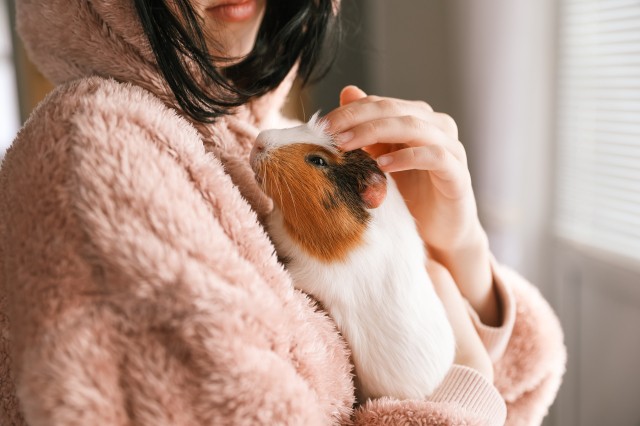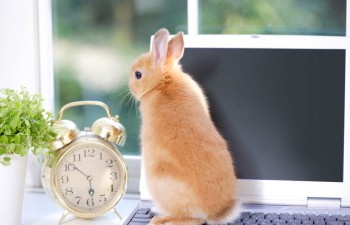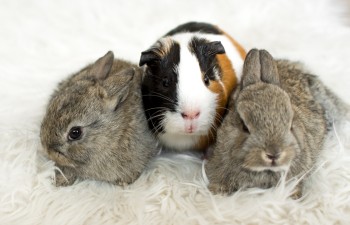
All about small animals grooming
Why groom my small mammal ?
Grooming small mammals is essential! It is just as important as brushing and grooming a dog or cat. And yet, many of you are wondering how to go about it, how and how often to groom your rodent? Follow the guide to looking after your fur ball!
how to groom your rabbit?
How do I groom my guinea pig?
To remove dead hairs
When moulting, it is important to brush your pet thoroughly, especially rabbits. Rodents shed a lot of hairs when moulting. If they swallow too many hairs, it can cause bowel obstruction. Unlike cats, rabbits are unable to vomit, so they cannot spit out their hairballs.
It is advisable to brush your rabbit every day. During moulting, it is best to brush it twice a day. This will prevent it from swallowing too many dead hairs and causing bowel obstruction. You can use a brush suitable for undercoat removal, such as a slicker.
To get it used to being handled
It is essential that your pet feels at home in its environment so that it can make the most of this enjoyable time. If your pet is fearful, use a soft brush and treats to reassure it during grooming. This will make it a more positive experience.
To look after its claws
If your pet has trouble wearing its claws, use claw clippers suitable for small mammals. This is particularly useful for animals living indoors. You can also provide it with various types of flooring in its hutch, or a soil pot to dig in and roll around in.
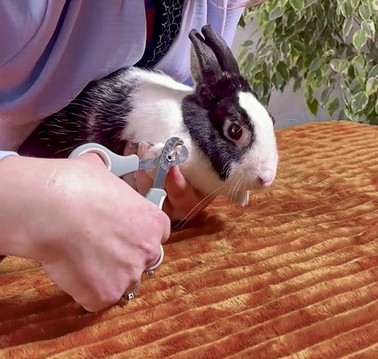
To make it easier to spot any parasites or wounds
If your pet lives outdoors, it may come into contact with parasites or injure itself more easily. Use repellent products or contact your vet in the event of severe infestation or injuries to your pet.
Remember to give them time to play and bond. Pets love attention and cuddles from their owners, so don’t hesitate to show them your love. You’ll find that your pet will be happier and more fulfilled after these special moments with you. Look after your furry friend and you will be rewarded.
How to groom my small rodent ?
Brushing :
There are several types of brush depending on the animal and your needs :
• Soft brushes to add sheen to the coat and make it easier to start grooming
• Rubber brushes, to massage the skin while removing dead hairs
• Slickers and wire brushes to remove dead undercoat. Very useful for rabbits and animals with long hair or abundant undercoat.
• Disentangling brushes, for long-haired animals or those whose hair tangles easily
• Flea combs, to remove parasites.
Happiness is in the fur !
Soft brush !
Shine the coat and make it easier to start grooming.
Pneumatic brush !
Removes dead hair
Slicker !
Removes dead undercoat, very useful for rabbits and animals with long hair or abundant undercoat.
The comb !
To remove parasites.
The scissors !
Cut your pet's nails safely every day.

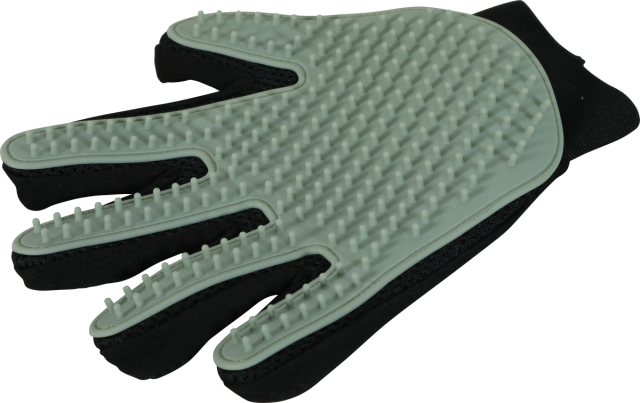
Grooming kit!
See also our grooming kit pack.
Nail care :
It is important to look after the health and hygiene of our pets. As well as regular brushing, it is also essential to keep an eye on the condition of our pets’ claws. The claws of small mammals can be trimmed with special claw clippers or a file for calm rodents.
If you find it difficult to trim your pet’s nails, ask your vet for advice when trimming for the first time. They will show you the right technique and guide you through the task safely. Remember that long claws can cause health issues for your pet, so take care of them regularly.
Hair trimming in long-haired rodents :
Trim your pet’s hair ends daily if your pet has long hairs, to avoid knots and skin problems. There are various types of scissors (e.g. simple scissors or thinning scissors), depending on your needs. By taking care of your pet’s hygiene and welfare, you are contributing to its health and happiness on a daily basis.

Eye and ear care :
Eyes can be cleaned with a suitable wipe or a simple damp pad. Dirt often accumulates in the corner of the eye, so simply wipe it gently with a pad to remove it.
For long-haired animals, it is important to trim the hairs around the eyes to avoid eye problems. If your pet has red eyes or excessive secretions, or if the secretions are whitish, contact your vet as soon as possible.
Most small mammals are unlikely to have ear problems and won’t need any special care. For some species, such as lop-eared rabbits, regular cleaning may be advisable - ask your vet for advice.
Should I bathe my pet?
Except in very specific situations, it is not recommended to bathe your rodent. Rabbits have a very thick undercoat, and shampooing can be a very stressful time for them. Drying is important to avoid hypothermia, as the undercoat takes time to dry when wet.
If you need to clean your small mammal, it's best to use a damp glove to remove dirt, or suitable wipes. You can also give them bathing soil, which will help clean and purify their coat.
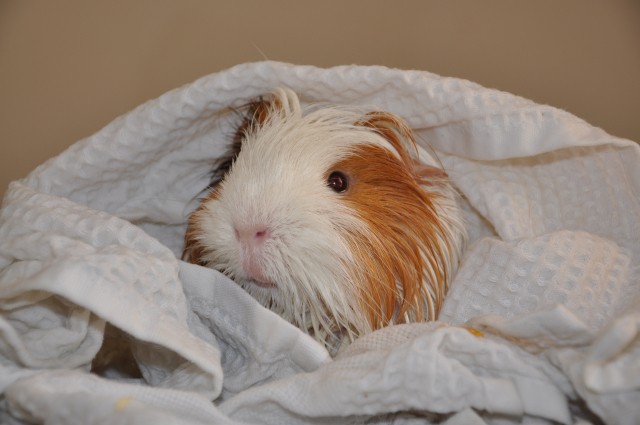
Lastly, dry shampoos are available, so that you can wash your small mammal without using water.
How often should I groom my small mammal ?
Brush your small mammals once a week or more often if they have long hairs that tend to tangle. During the moulting period, it is advisable to brush your rabbit every day, or even twice a day. Nail trimming depends on the animal. Some wear them down unaided and do not need trimming, while others need regular trimming. The frequency depends on the animal.
Eye and ear grooming and hair trimming vary depending on your pet. Ask your vet for advice on how often to do this. If you see anything strange while grooming your pet, contact your vet for help.
Make sure you use products specifically designed for small animals, to avoid any risk of irritation or allergic reaction. Take the time to build a bond of trust with your rabbit by stroking it and rewarding it during grooming. This will make the experience more pleasant for the pet and yourself. Remember to give it a balanced diet and fresh water at all times. Look after your rabbit and you will be rewarded with its love and affection.
The beauty routine of your small mammals no longer holds any secrets for you! Don’t hesitate to check out our product information to help you choose what’s best for your pet.

